What Are Accessible Gardens - Tips For Starting An Accessible Garden
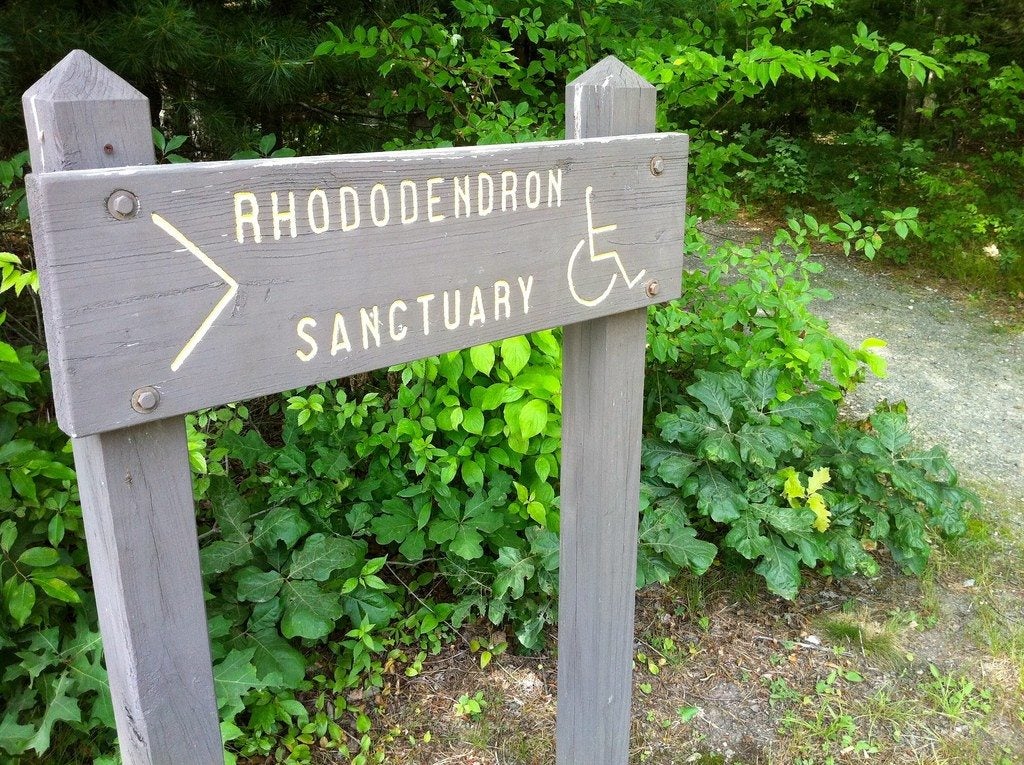
In order to continue to experience the benefits of gardening as we age or for anyone having a disability, it is necessary to make the garden accessible. There are many types of accessible gardens, and each ease of use garden design is dependent upon the gardeners that will be using it and their individual needs. Learn more about the benefits of accessible gardening and get information for starting an accessible garden of your own.
What are Accessible Gardens?
For many people, gardening is a rewarding and therapeutic hobby from which much pleasure is derived. As a gardener grows older or for those with disabilities, it may become a considerable challenge to perform all of the physical tasks required for gardening. Bending over or kneeling are just two of the challenges that an aging gardener may face. A person may also experience an injury or become disabled but still wish to pursue gardening as a hobby. Accessible gardening practices allow gardeners to continue to enjoy and maintain a garden in spite of age, illness, or disability.
Benefits of Accessible Gardening
Gardening promotes health. Accessible gardening allows gardeners to be outside in the fresh air, expend energy, and achieve a sense of accomplishment. Coping with an illness or a disability can be intensely stressful and adaptable gardens allow for a much needed stress relief. Gardening is empowering, helps to develop range of motion, promotes hand-eye coordination, and increases strength and balance. Persons who are challenged with a disability or suffering from other physical limitations benefit considerably from the therapeutic nature of gardening.
Starting an Accessible Garden
Many types of accessible gardens can be created depending on the physical abilities of the gardener. When creating an accessible garden, it is best to come up with a detailed plan on paper first. Raised beds, table gardens, or containers make tending a garden easier for those who are in a wheelchair or have trouble bending over. Adaptable, lightweight tools are easy to handle for people who have compromised hand and arm strength. Other ease of use garden design considerations may include a drip irrigation system for watering, narrow beds for easier weeding, lightweight tool carriers, low maintenance plants, adaptable potting tables, and tool modifications. Gardening is a lifelong pursuit that can be enjoyed by everyone. Accessible garden plan ideas are widely available, and many communities have therapeutic garden programs that make gardening possible for even those with severe physical challenges.
Gardening tips, videos, info and more delivered right to your inbox!
Sign up for the Gardening Know How newsletter today and receive a free copy of our e-book "How to Grow Delicious Tomatoes".
-
 Looking For Plants To Give You The Soft And Fuzzies? Try These 5 Fuzzy Leaf Plant Options
Looking For Plants To Give You The Soft And Fuzzies? Try These 5 Fuzzy Leaf Plant OptionsLovers of texture, drama, silver foliage and tactile plants will adore these special sensory garden additions. These fuzzy leaf plant options will leave you all aglow
By Susan Albert
-
 Get Ready For A Summer Of Hummers! Grow These Full Sun Hummingbird Plants and Flowers
Get Ready For A Summer Of Hummers! Grow These Full Sun Hummingbird Plants and FlowersIf you’re lucky enough to enjoy a sunny backyard, make sure you are maxing out on your pollinator opportunities and grow these full sun hummingbird plants and flowers
By Tonya Barnett
-
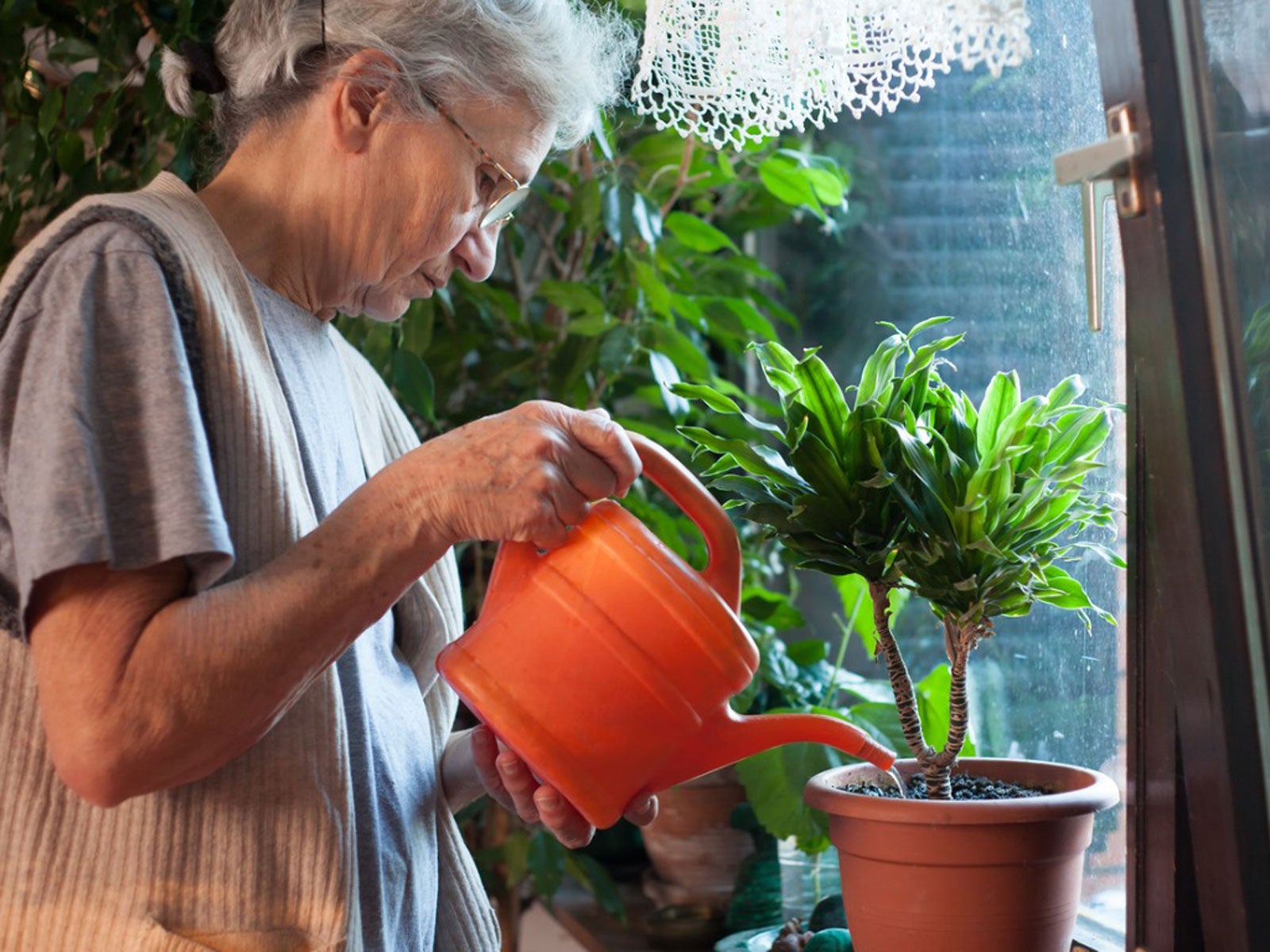 Seniors And Houseplants: Indoor Senior Gardening Ideas
Seniors And Houseplants: Indoor Senior Gardening IdeasIndoor gardening for seniors can help with depression, stress, and loneliness, especially while social distancing. Here are ideas.
By Mary H. Dyer
-
 Psychiatric Health Garden – Designing Gardens For Mental Health Patients
Psychiatric Health Garden – Designing Gardens For Mental Health PatientsClose your eyes and imagine yourself sitting in your dream garden. Does this visualization make you feel calm and relaxed? This is the concept behind planting gardens for mental health. Learn more about garden therapy and psychiatric health gardens in this article.
By Darcy Larum
-
 Healing Garden Ideas – How To Make A Healing Garden
Healing Garden Ideas – How To Make A Healing GardenEven gardens filled with nothing but ornamental plants can have some medicinal and healing value – a collection of plants meant to soothe and heal the mind and body are known as healing gardens. Click here for some healing garden ideas to help get you started.
By Darcy Larum
-
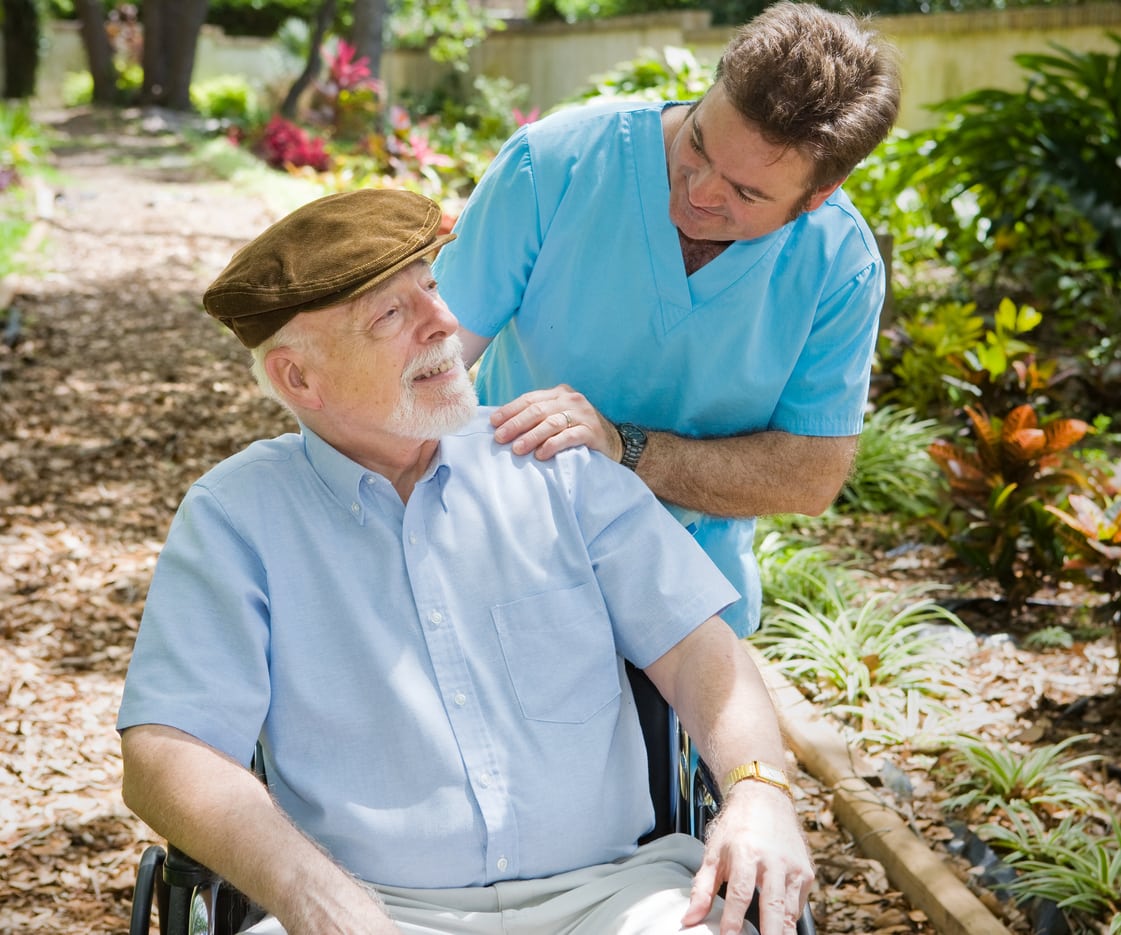 What Is A Memory Garden: Gardens For People With Alzheimer’s And Dementia
What Is A Memory Garden: Gardens For People With Alzheimer’s And DementiaPeople with dementia or Alzheimer's disease will glean a host of positive experiences from participating in the garden. Designing a memory garden allows them to enjoy exercise and fresh air as well as stimulate the senses. Learn more in this article.
By Bonnie L. Grant
-
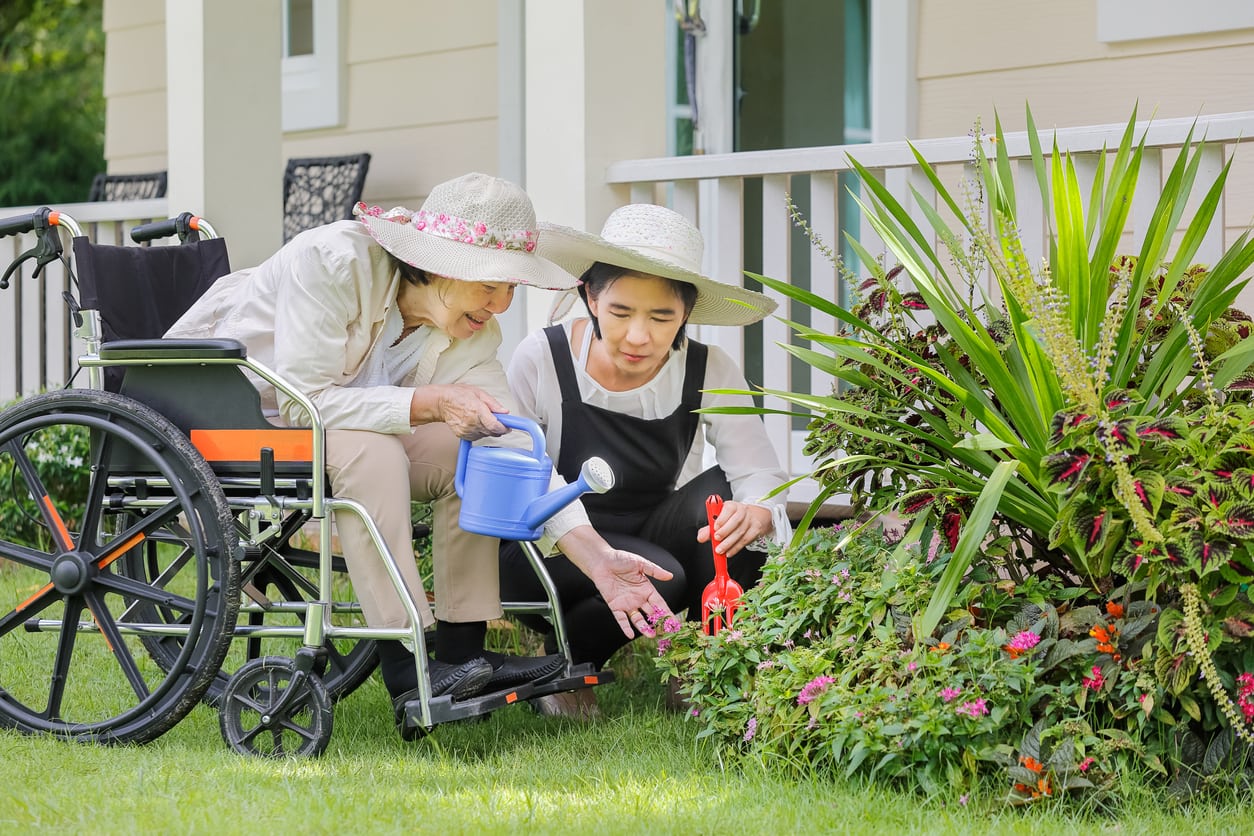 Hospice Garden Ideas – Learn About Gardens And Hospice Care
Hospice Garden Ideas – Learn About Gardens And Hospice CareBecause of their therapeutic benefits, gardens for those in hospice care are often incorporated into the facility. What is a hospice garden? Click here to find out about the relationship between gardens and hospice and how to design a hospice garden.
By Amy Grant
-
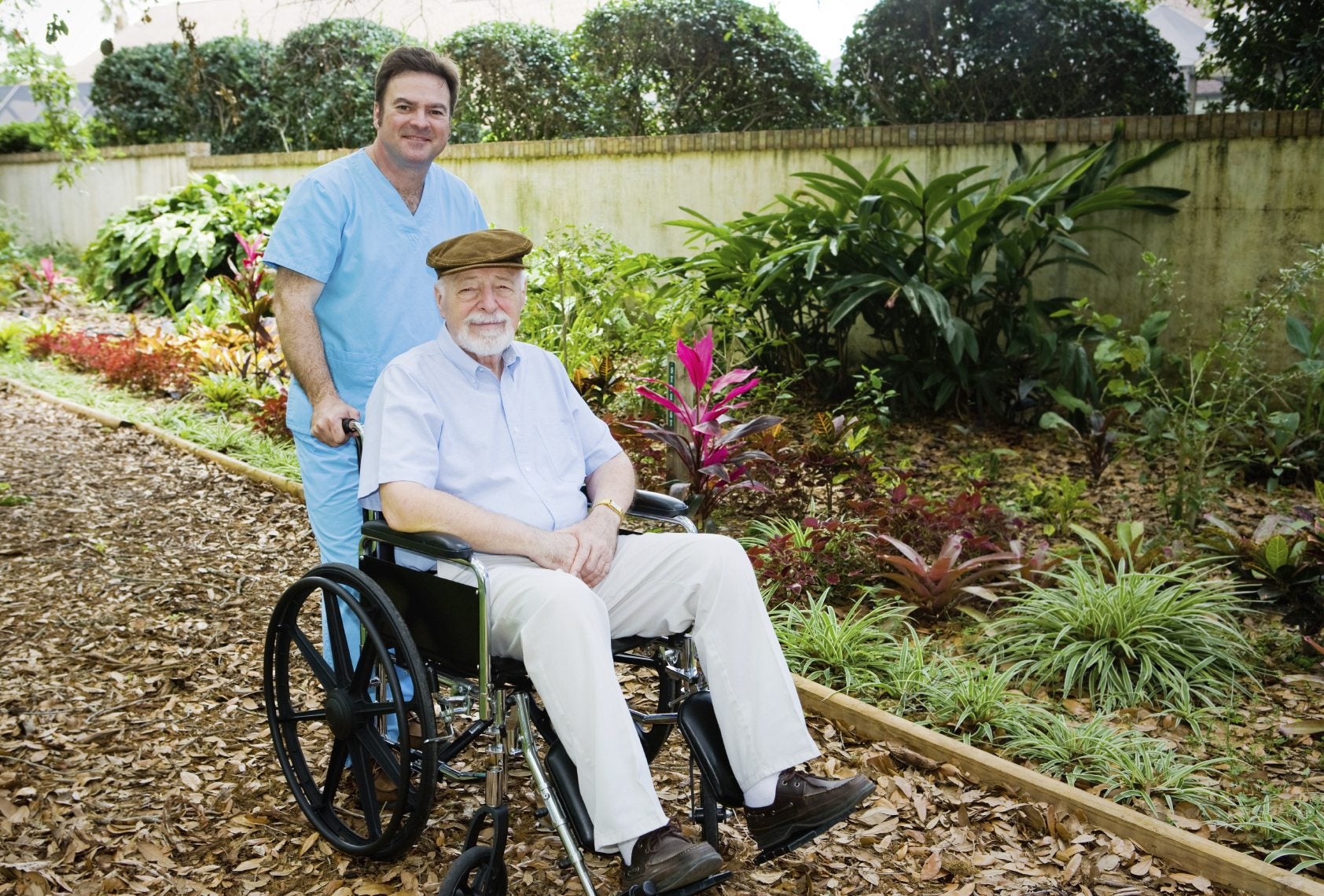 Senior Home Garden Activities: Gardening Activities For The Elderly
Senior Home Garden Activities: Gardening Activities For The ElderlyMore senior home garden activities are being offered to elderly residents of retirement homes and nursing homes, and even to patients with dementia or Alzheimer's. Click here to learn more about gardening activities for the elderly.
By Teo Spengler
-
 Gardening While Pregnant: Is It Safe To Garden When Pregnant
Gardening While Pregnant: Is It Safe To Garden When PregnantGardening while pregnant is an enjoyable way to get the exercise you need to stay healthy during pregnancy, but this form of exercise isn't without risk. Learn more about gardening during pregnancy in this article.
By Jackie Carroll
-
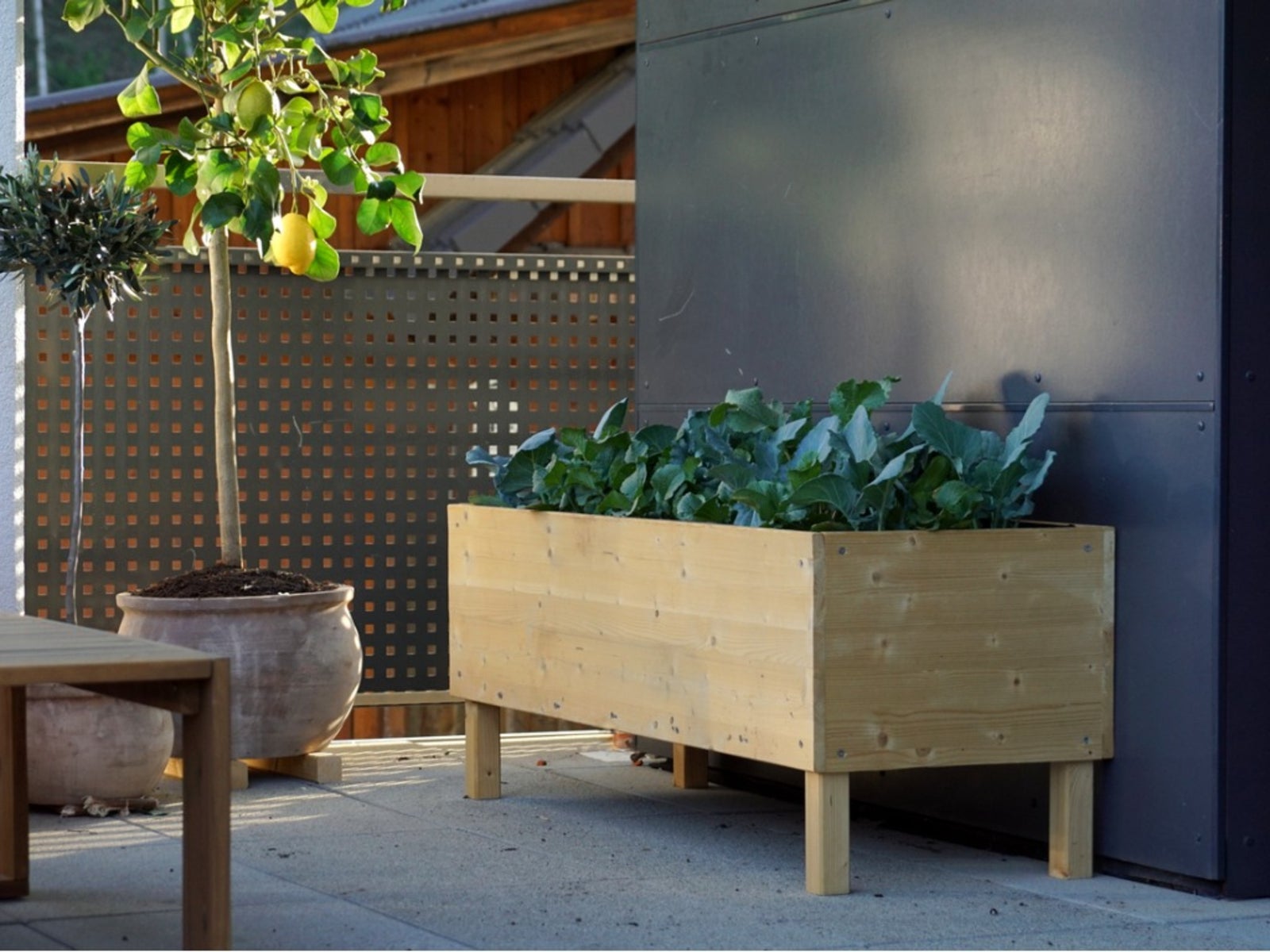 Table Garden Design: How To Build Table Garden Boxes
Table Garden Design: How To Build Table Garden BoxesWhen gardening becomes difficult, either through growing older or due to a disability, it may be time for a table garden design in the landscape. This article can help with that. Click here to learn more.
By Susan Patterson